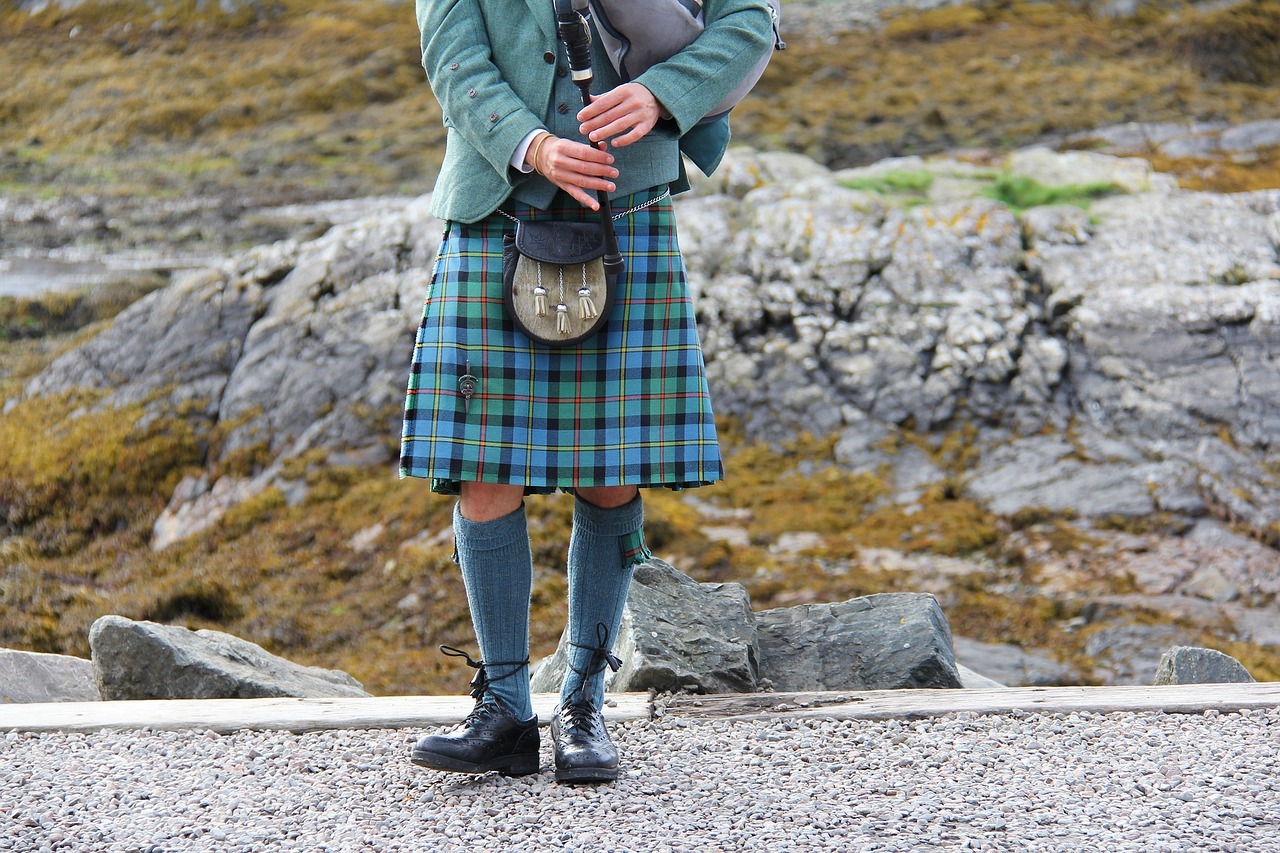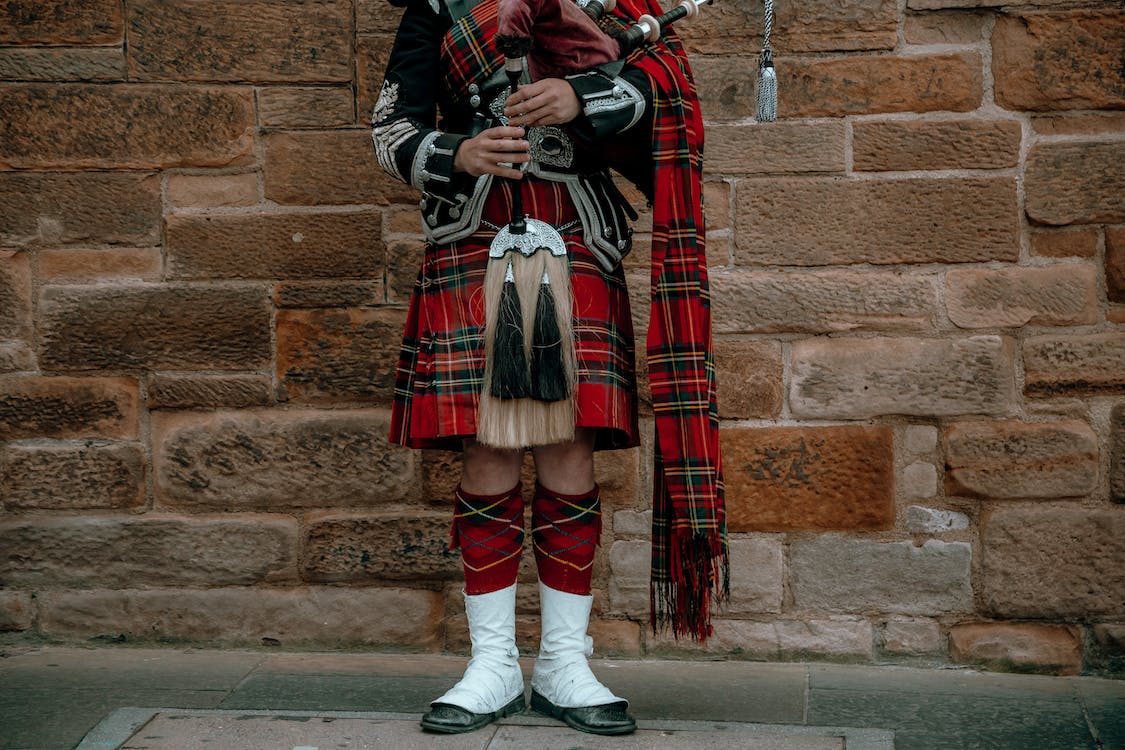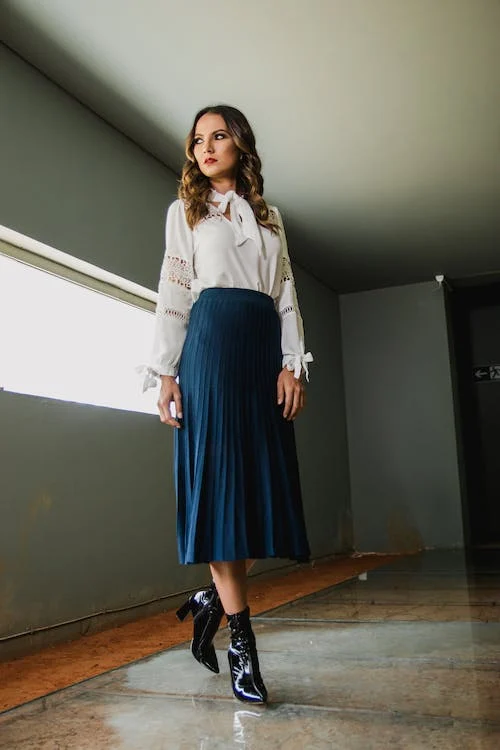Scotland is a beautiful country and is known for its rich history and stunning landscapes. It has been able to attract the attention of the world from time to time. Almost every corner of Scotland holds a piece of history and remains preserved even to this day. Scotland may be known for numerous things, but there is one known across the globe, i.e., the Scottish Kilt. You might have seen them in movies as well and wondered what they are. Therefore, let us go back in history and see where and how it all started.
The Scottish Kilt
There is no doubt that it is one of the most identifiable and recognizable national dresses in the world when we talk about the Scottish tartan kilt. Tourists and people, including men and women, swoon over the sight of Scottish Kilts. You may find this surprising, but it is indeed a fact. Today, when it comes to national dresses, either they are dying out or mocked, but the Scots are still carrying and embracing their Kilts proudly and without any fear. Their ancestors did the same for centuries, and to this day, the tradition has evolved with us.
Scottish Kilts are often assumed as romantic visions of the highlanders. However, it has a lot to do with Sir Water Scott and his obsession with keeping the Scottish cultural history alive by rewriting it with tinted rose glasses. The actual truth behind Scottish Kilts is that it was started as a functional item long before even industrialization took place. However, upon researching, you will find out that numerous countries across the globe had similar dresses when working on the land. Even in the case of Scottish Kilts, one would think that they are unique in terms of the patterns and color combination, but other cultures would have more or less the same things to highlight their national and ancestral history.
The thing that makes Scottish kits unique is that the Scotts have been able to embrace the weave of the patterns, similar to the Kilt, and have managed to provide a different meaning throughout the years, which has ultimately helped in keeping alive the beautiful dress we see today.
If you wish to go back in time and discover how it all started, then you shall come across the first written evidence of a garment similar to Kilt that was published from 1582, of a 25 volume called “The History of Scotland.” George Buchanan, who happens to be the author, explains the Kilt as something that consists of a tightly cross striped woven woolen length of cloth, which was worn as a blanket by night and garment at day.
This is the actual description or a definition of what we would call a great kilt or a belted plaid. It would basically be a large woolen cloth with a plain or a criss-cross weave. The pattern would depend on how adventurous the local weaver was because the design would be directly inspired by what he saw and admired. It would typically be around 2 yards wide and 4-5 yards in length.
Red Scottish kilt zoom
First of all, the Highlander would place the cloth down, pleat the section in the middle, and wrap it around the body with a belt. If you tuck in the corners, you could make pockets. You would find it quite entertaining to watch the gentlemen as they take part in wearing the plaids if you happen to observe the re-enactments of the Scottish battles or memorials.
The kilts that we see today compared to what we used to see are longer. Back in the day, they used to be comparatively shorter. The reason for keeping the length short is simple. If you are familiar with the weather of Scotland, you shall be very-well aware that Scotland can have four seasons in one day. What it means is that it might be sunny when you walk out of the house, and in the middle of the way, it could mercilessly start to rain. Therefore, if the length of the kilts were the same as we see today, it would harden due to being soaked in water and covered in snow and would cut the legs.
Furthermore, during the late 1960s, the majority of kilts were being worn well above the knee. You might come across someone wearing shorter kilts just like back in the day, but it would not be a nice sight for a 12-year old. Tradition says that when the highlanders were about to run in a battle with the famous Highland Charge, they would undo their belts and allow plaids to drop to the ground so that they can run and charge freely along with giving the enemy quite a sight.
It might seem funny, but it was the truth. Then, just when the 18th century had started, industrialization began in Scotland, and it began first with the textiles, and it moved towards steel and iron, shipbuilding and heavy engineering. As the pace of industrialization was increasing, thousands of people were flocking the cities for work. This effect was not only limited to Scotland but the entire British Empire, particularly England.
The belted plaids would comparatively be far too big due to different working conditions that included working from outdoors to indoors in confined spaces. So it was only natural that the small kilts we see today have been evolved from the belted plaid.
Then in 1715, the first Jacobite rebellion took place, after which several acts were passed to disband and disarm the Highlands. All of the acts turned out to be unsuccessful, as they were never really enforced. Later on, the last battle the Highlanders fought with was a complete butchering of Bonnie Prince Charlie’s men, who fled the scene after realizing the shameful defeat at Culloden in 1746.
As a result, the British Parliament introduced acts such as the Acts of proscription in 1746, which made it clear that it was now not only the time to disarm the Highlanders but also rob them of everything that has made them who they were, including the dress. This time the acts were enforced strictly. If anyone were found armed or wearing any Scottish garb, they would be imprisoned for the first offense and then, if found guilty again, sent to the colonies for seven years as an indentured slave.
Action of a kilt, girl dancing
However, if there were areas where kilts were allowed to be worn, that would be the Highland regiments and colonies. The act remained implemented for nearly 36 years and practically influenced a whole generation of Scots. Finally, on July 1st, 1782, the Royal assent stepped forward to repeal the act of allowing them to wear the Highland dress. But the Highlanders by then were already accustomed to wearing the same dress as Lowland Scots, and there was comparatively less enthusiasm this time to wear or follow the ancient short style of clothing.
The Scottish kilts that we see today are reminiscent of the romantic Highland dress of the early nineteenth century. Thanks to author Sir Walter Scott who helped keep the history alive. When King George IV was about to visit Edinburgh for the very first time in 1822, Sir Walter Scott and Stewart of Garth were asked to manage the entire event.
Scott, who was already obsessed with romanticism and the revival of the romantic version of the Highland dress and Gaelic culture, requested everyone who was attending the function to wear a full Highland dress. This was a chain reaction that put many factories and tailors to work because this time, they were not weaving kilts just for the Highlanders but for the entire new generation as well. This had an excellent start to the industry, and it flourished well for the next couple of years.
As the factories had started making the kilts, newer techniques were being introduced as well. This made things complicated for the tailors, as they had to integrate new patterns and designs. Furthermore, this time around the kilts were replaced by new tartans, and the influence was quite evident. This also meant that variations of different setts and sizes could be woven, but that would include more cloth.
Pleating to the sett
Then came a new pleating technique called ‘Pleating the kilt to the sett.’ Ultimately, the amount of cloth grew to 8 yards what we see today. The details we see on the tailored kits today have evolved with time as well, such as the sewn waistband on top and the belt/sporran loops.
Final Word
To conclude, kilts continue to evolve with time. Even some of the modern kilts have pockets and feature different fabrics. Prominent universities such as the University of Glasgow witness its students graduate in the traditional Scottish kilts as well. Therefore, it is evident that the dress remains accessible to this day and will continue to evolve with the upcoming generations.



